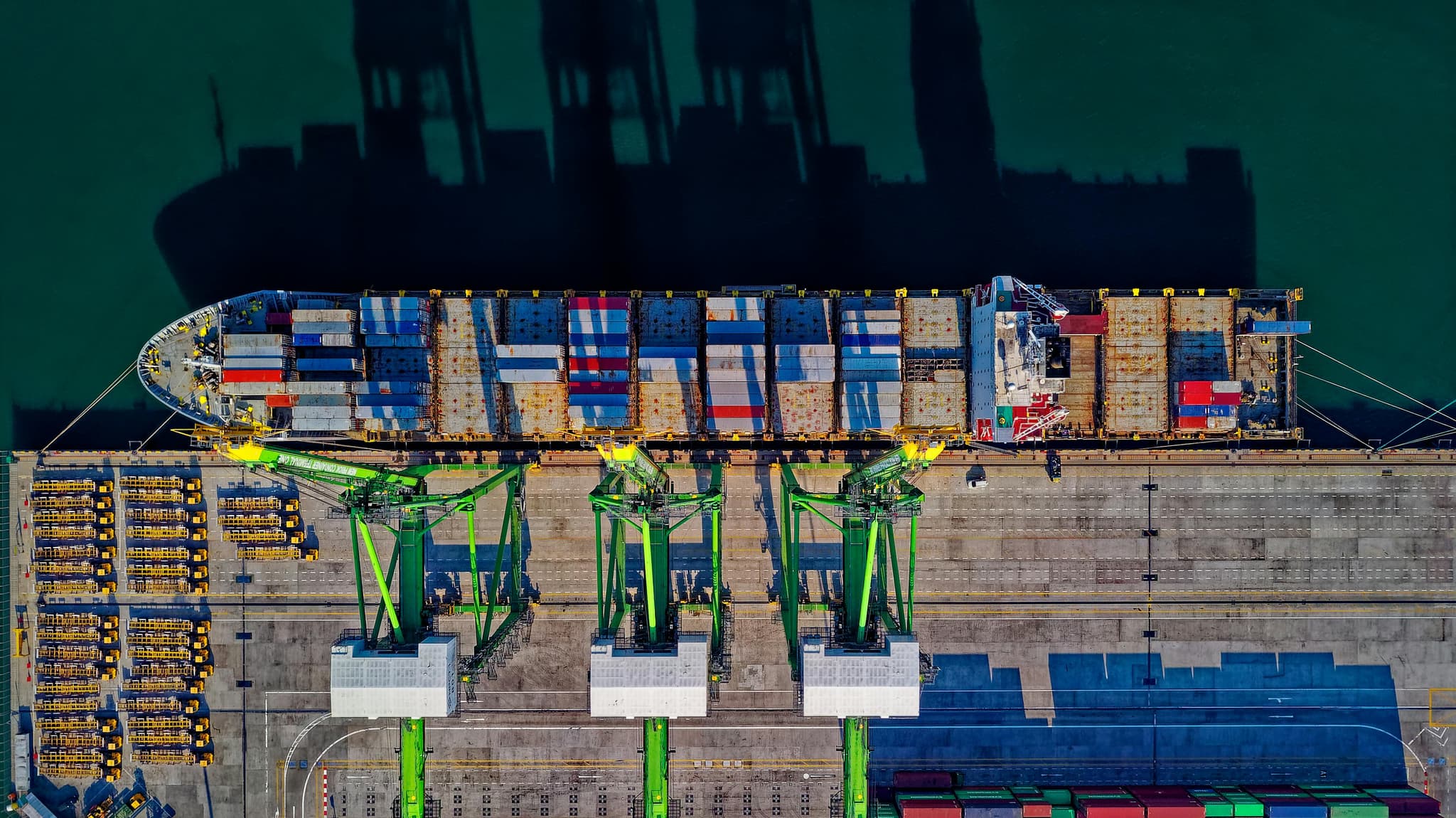US tariffs could cut Dutch GDP growth by 1%
US tariffs may reduce Dutch GDP growth by 1% by 2026, impacting trade and investment.
Published on May 1, 2025

© Pexels
Team IO+ selects and features the most important news stories on innovation and technology, carefully curated by our editors.
The recent implementation of US tariffs on goods imported from the European Union, including significant levies on Chinese imports, has sparked considerable economic uncertainty across the globe. For the Netherlands, the impact of these tariffs is expected to ripple through the economy, potentially reducing gross domestic product (GDP) growth by 1% by the end of 2026, as reported by the Centraal Planbureau (CPB).
Despite only 4.7% of Dutch exports heading to the US, the broader implications for trade and investment, compounded by increased uncertainty, could create long-term challenges for Dutch businesses. Industries may face a shift in their competitive positions, with a notable effect on sectors heavily reliant on exports. While the immediate impact on inflation is mitigated by a weaker US dollar, the enduring trade tensions suggest a prolonged period of adjustment for businesses adapting to new market conditions. This evolving economic landscape necessitates strategic foresight from policymakers and industry leaders alike.
Uncertainty and investment impact
The introduction of US import tariffs is contributing to an environment of heightened economic uncertainty, particularly affecting investment dynamics in the Netherlands. According to the CPB, this increased uncertainty could reduce investments by 5% in the near term.
The tariff situation affects various sectors differently, creating a mixed impact on the Dutch economy. Industries that rely heavily on exports might face competitive pressures due to higher costs associated with US tariffs. Conversely, sectors such as the service industry may experience different dynamics, potentially benefiting from domestic market adjustments. Despite the tariffs, a weaker US dollar is helping mitigate inflationary pressures by reducing the cost of imports, including vital commodities like oil.
Long-term economic adjustments
In the longer term, the Dutch economy might see a gradual recovery as businesses adapt to the new trade environment by finding alternative markets and optimizing supply chains. The CPB projects a lesser impact on GDP growth as time allows for strategic adjustments; however, the potential for lasting economic damage persists, with estimates of reduced economic growth from 2025 lingering into 2026. Policymakers are thus urged to implement adaptive measures that support industries during this transition period.
